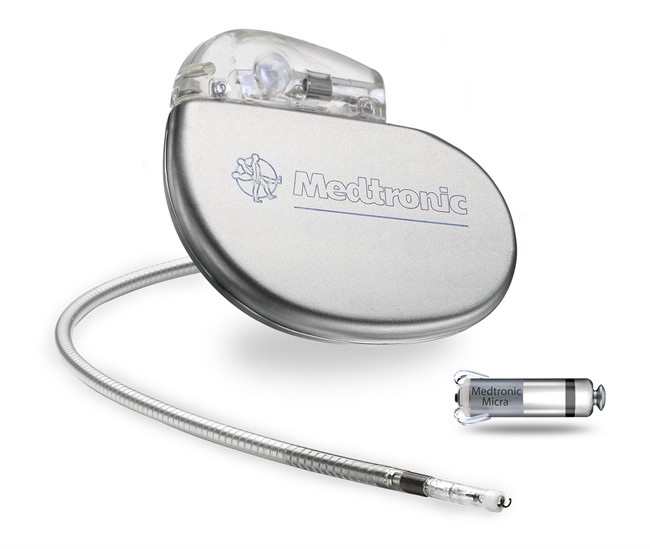London Health Sciences Centre’s Cardiac Care Program is the first in Ontario to implant a leadless pacemaker.

The pacemaker, approved by Health Canada last October, is the size of a vitamin capsule and is capable of delivering the same electrical impulses as a traditional pacemaker without the added generator or wires known as “leads.”
According to Manlucu, a depleted battery in a leadless pacemaker can have the electrical currents disabled and it can be left in the heart with no risk to the patient.
She successfully implanted the Medtronic Micra™ Transcatheter Pacing System (TPS) using a minimally invasive technique through the groin on Feb. 1.
According to Manlucu, the heart rhythm program at the LHSC allows doctors to work closely with companies developing new technologies, which gives them opportunities to try them out first.
Seeing pacemaker scars from traditional devices can have a psychological impact on some patients, according to Manlucu.
The LHSC stated that the size of leadless pacemakers as well as the less invasive methods of implanting the devices has an aesthetic benefit for patients.
“This is probably the way this pacemaker technology will go uniformly,” Manlucu said.








Comments